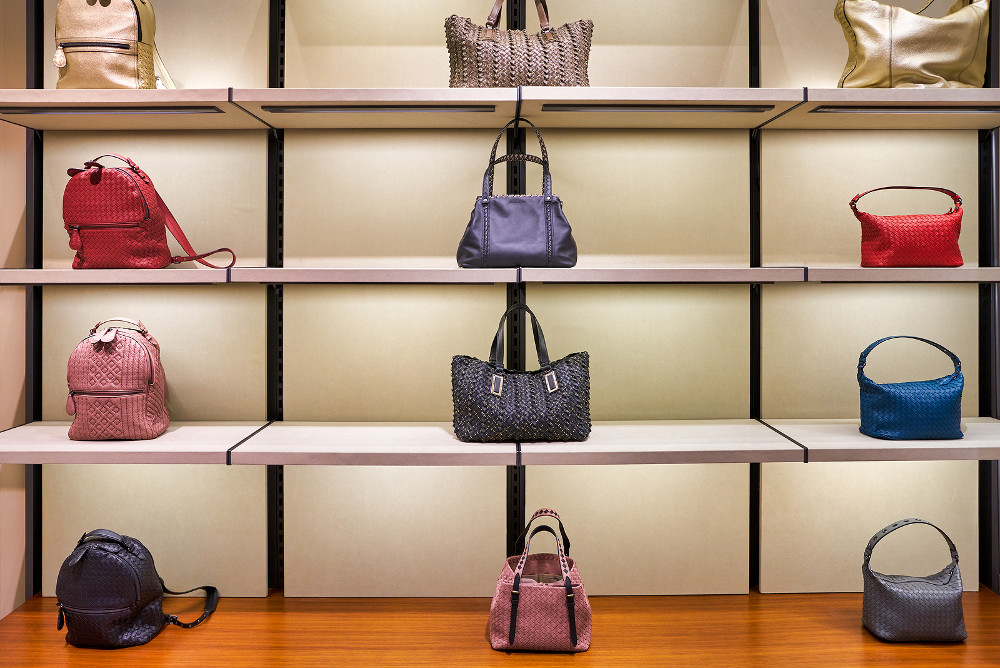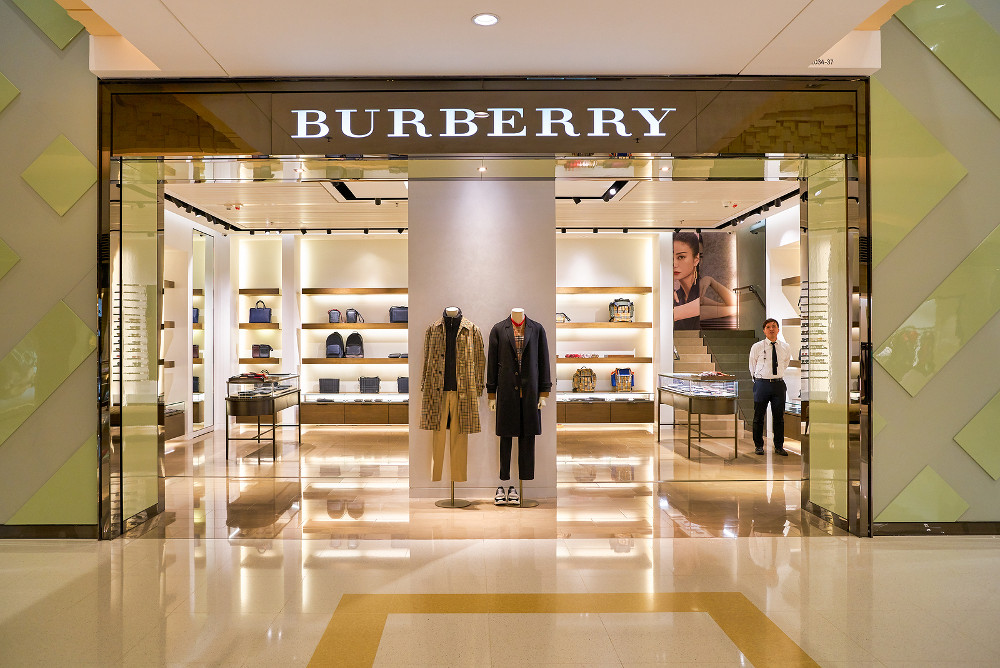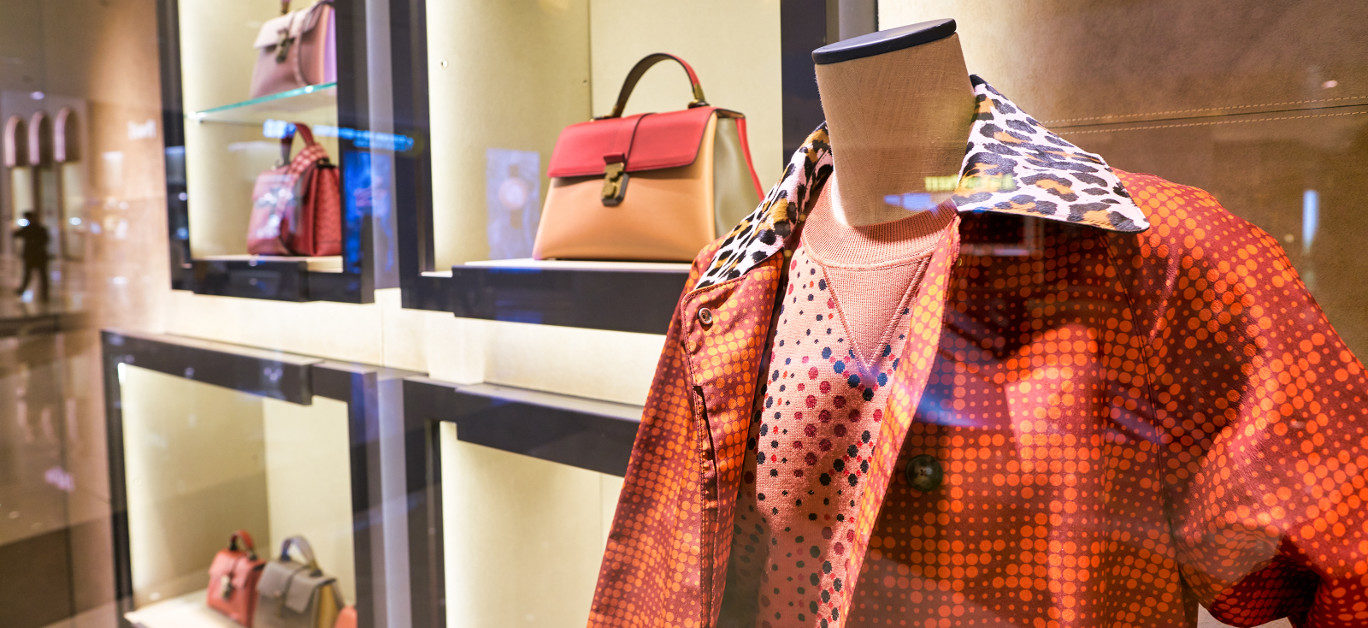Refreshing our wardrobes for the season ahead is, for many of us, one of the joys of the fashion calendar. Picking out the latest trends that are hot off the catwalk and planning your outfits for winter and saying goodbye to attire that is so ‘last season’ is an annual tradition – but have you ever stopped to think about the environmental impact of purchasing yet another new winter jacket, or tossing out those unworn items that have been hanging at the back of your closet for months?
Fast fashion has been a growing trend over the past decade, and focuses on speed and low costs in order to deliver frequent new collections inspired by catwalk looks or celebrity outfits. But it is negatively impacting the environment in a big way, as pressure to reduce cost and the time it takes to get a product from design to shop floor means that environmental corners are often to cut in the rush to simply get the job done.
Encouraging over-consumption and excessive waste, it’s a cycle many of us find ourselves – however unwittingly – caught up in. A report from the Global Fashion Agenda (GFA) has indicated that by 2030, based on projected global fashion consumption, the industry will produce an enormous 2,791 million tonnes of carbon dioxide. Carbon emissions are the key contributor to the acceleration of climate change – which, in the current state of emergency worldwide, is worrisome.

The true cost
According to a recent study by Betway, the true cost of fast fashion is much higher than you might think. Those beautiful prints and fabric finishes might look pretty, but many are achieved with the use of toxic chemicals, which ultimately end up in our Ocean. Textile dyeing is the second largest polluter of clean water globally, and is hazardous to the health of marine life and habitats. The Ocean produces 50% of the oxygen we breathe, so we literally need it to survive – and, thanks to its ability to absorb huge amounts of carbon from the atmosphere its vital when it comes to the mitigation of climate change – so why would we continue to consume fast fashion if we know that it could harm it?
Even plain materials used to create the latest catwalk garments can prove detrimental to the health of our planet, as shown in documentary, The True Cost. Cotton farming, for example, requires high levels of water and pesticides, problematic in developing countries that may lack sufficient investment and be at risk of drought. The emergence of ‘superweeds’ in crops, which are resistant to standard pesticides, often need to be treated with more toxic chemicals, which can be harmful to humans and a danger to health.

An insatiable appetite for newness
Most of us don’t set out to waste things, but it has long been an unintended consequence of fast fashion. As disposable income grows, there is no longer the need to ‘make do and mend’ there once was, and more people than ever are purchasing pieces they will wear only once or twice before replacing with something new.
In developed countries, the fashion choices are endless, and as a result, retailers are refreshing their stock more rapidly than ever before in a bid to tempt shoppers with constant newness. Thankfully, though, there is a way to shop more sustainably, and lessen your impact on the environment.
Quality over quantity
As the saying goes, quality over quantity is always best, and this couldn’t be truer when it comes to getting your next fashion fix. Choose well-made designer pieces that will last you for the long-term, and opt for capsule wardrobe staples that can be worn again and again by combining with different outfits and looks. And if you’re not sure whether that new season piece really suits you, then don’t buy it – because it will only sit at the back of your wardrobe unworn, and ultimately, go to waste.

Choosing eco-friendly fabrics can also help, though there are some complexities when it comes to doing so. Garments which are labelled as being made from natural fibres are not always better than synthetic choices, as fibre choice is only one element of the picture and manufacturing processes have a great impact, too.
Choosing organic fabrics is preferable to choosing non-organic fabrics in terms of the chemicals used to grow the fibres, but organic cotton still requires high amounts of water and the impact of dyeing it is higher than the impact of dyeing polyester. So do your research, choose carefully – but above all, avoid unnecessary waste.
The good news is, luxury fashion is the way forward when it comes to reducing your carbon footprint, and spending more on investment pieces that will last you and making sure you look into the right credentials will make sure your wardrobe is working harder – for you, and of course, for our planet.






















